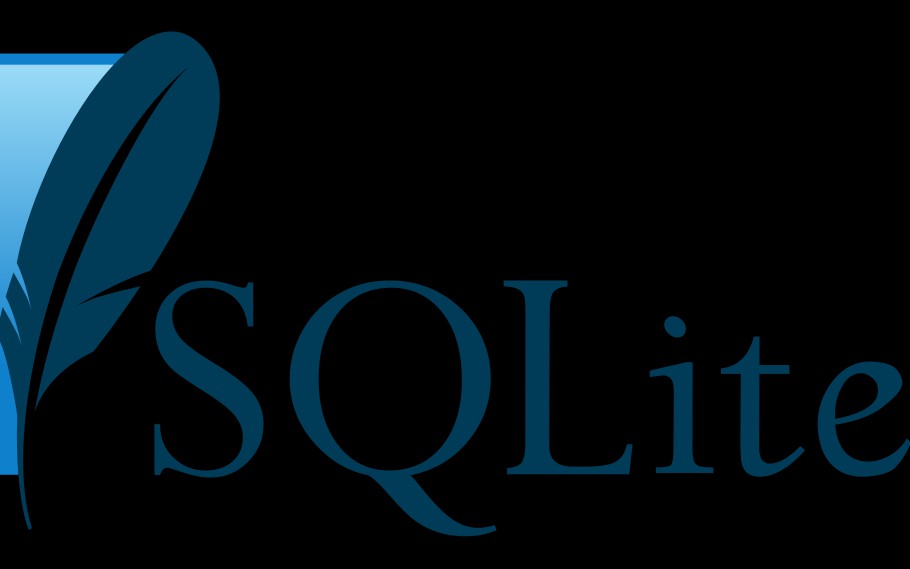

- Java sqlite how to#
- Java sqlite drivers#
- Java sqlite driver#
- Java sqlite full#
- Java sqlite software#
Open the terminal in the location of your. To view and edit data of a database object, open Data Editor and Viewer by double-clicking the object.1. To write and run queries, open the default query console by clicking the data source and pressing F4.

Java sqlite how to#
To learn how to work with database objects in IntelliJ IDEA, see Database objects. IntelliJ IDEA will introspect and show them. To see more schemas under your new data source node, click the N of M button and select the ones you need. To learn more about the Database tool window, see the corresponding reference topic. If you also want to work with other schemas, in the Schemas tab, select them for the introspection.įind your new data source in the Database tool window ( Alt+1). (Optional) By default, only the default schema is introspected and available to work with.

In case of any connection issues, refer to the Cannot connect to a database page. To do that, click the Test Connection link at the bottom of the connection details area.
Java sqlite drivers#
If you need to use a JDBC URL with certain additional settings, paste it in the URL field.įor the reference information about connection settings (for example, Host, Port, and so on) on the General and other tabs of Data Sources and Drivers dialog ( Shift+Enter), see Data source settings.Įnsure that the connection to the database can be established using the provided details. In the URL field, IntelliJ IDEA generates the JDBC URL automatically using the values of other connection settings. Alternatively, paste the JDBC URL in the URL field.
Java sqlite driver#
If there is no Download missing driver files link, then you already have the required drivers. For more information about connecting to a database with your driver, see Add a user driver to an existing connection. You can also use your drivers for the database instead of the provided ones. The IDE does not include bundled drivers in order to have a smaller size of the installation package and to keep driver versions up-to-date for each IDE version. You can find the downloaded JDBC drivers in the IntelliJ IDEA configuration directory. For a direct download link, refer to the JetBrains JDBC drivers page. Click this link to download drivers that are required to interact with a database. You can either specify them separately and use the automatically generated URL, or you can enter the URL directly in the corresponding field.Ĭheck if there is a Download missing driver files link at the bottom of the connection settings area. In the Driver list, leave the default driver option, unless another driver is required for your connection.įrom the Connection type list, select the connection type depending on the connection details that you have:ĭefault: connect by using the path to SQLite database file.įor the URL only connection type, the JDBC URL that you enter is used as is.įor the other connection types, the JDBC URL is broken down into connection details.

In the General tab of Data Sources and Drivers dialog right pane, specify the driver and connection type. Navigate to Data Source and select SQLite. In the Database tool window ( View | Tool Windows | Database), click the New icon ( ) in the toolbar. You can do this using one of the following ways:įrom the main menu, navigate to File | New | Data Source and select SQLite. To connect to the database, create a data source that will store your connection details.
Java sqlite software#
For example, if you want to run a database on your machine and connect to that database, the corresponding DBMS software must be installed on the machine first. It is assumed that you already have the necessary prerequisites and the database is up and running. This topic presents a general procedure on how you can connect to SQLite from IntelliJ IDEA. To download SQLite database software, refer to the official software downloads.
Java sqlite full#
Open the Installed tab, find the Database tools and SQL plugin, and select the checkbox next to the plugin name.įor full information about SQLite, refer to the official documentation. Press Control+Alt+S to open the IDE settings and then select Plugins. The Database tools and SQL plugin is available only in IntelliJ IDEA Ultimate. If the relevant features aren't available, make sure that you didn't disable the plugin. This functionality relies on the Database tools and SQL plugin, which is bundled and enabled in IntelliJ IDEA by default.


 0 kommentar(er)
0 kommentar(er)
